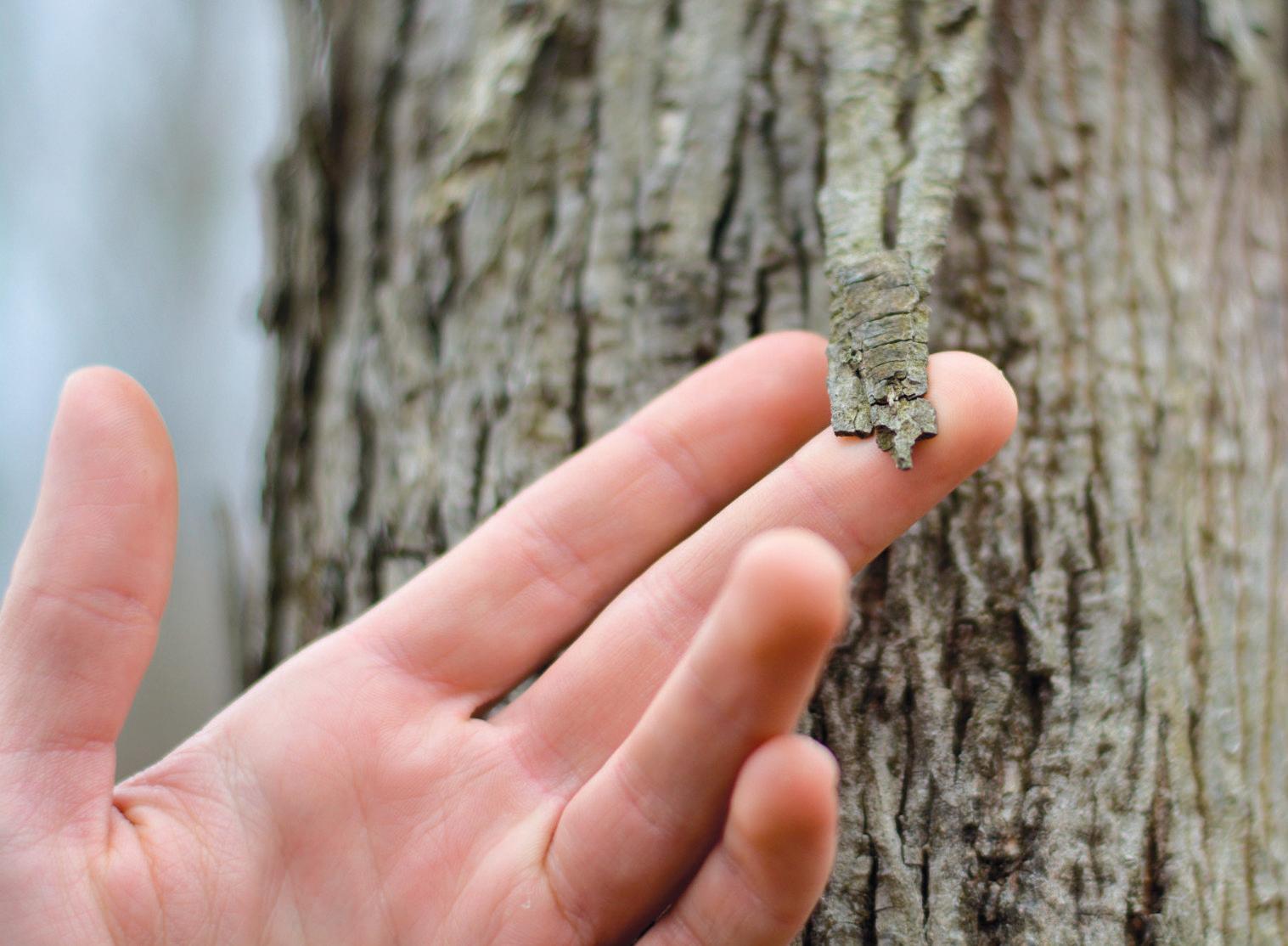
3 minute read
OU archivists create order, collections from chaos
from March 2, 2023
by The Post
Mckenna Christy Culture Staff Writer
Some students use the fifth floor of Alden Library to find peace and quiet while studying. But, on the highest floor of the building is a university department with collections of rare books, manuscripts, photographs and other archives.
The Robert E. and Jean R. Mahn Center for Archives and Special Collections provides access to a number of resources for researchers, students, faculty and people looking for a specific or broad subject. The Mahn Center is named after Robert E. and Jean R. who contributed a “generous gift” to libraries at Ohio University, according to University Libraries.
When students get off the elevator on the fifth floor, the Mahn Center is just to their right. The Mahn Center is also home to a reading room, which is the space where people can look through requested material from archives and collections. The archivists in charge of laying out and gathering the materials will ensure people’s belongings are stored safely in the lockers so as not to damage any documents, books or photographs.
The archivists in the department specialize in specific areas, such as Laura Smith, the Archives and Special Collections Department photo archivist. Smith works with collections that are part of the documentary photography archive.
“By far the largest collection in the photo archive is the Lynn Johnson Collection,” Smith said. “So it’s the entire film collection of Lynn Johnson’s work. She’s a photojournalist (and) she’s based out of Pittsburgh, Pennsylvania, and she started as the first female staff photographer of the Pittsburgh Press.”
Lynn Johnson attended OU in the early 2000s to receive a master’s degree, Smith said, and she was also a Knight Fellow of Ohio University’s School of Visual Communication, according to University Libraries. Johnson was recently awarded a National Geographic Fellowship and “is known for shooting elusive subjects” such as “language, disease, rape, water” and also “for asking tough questions,” according to Johnson’s website.
The Lynn Johnson Collection at OU contains work from her physical collection of photos “selected from the physical collection of more than two million images spanning the 1970s to the early 2000s,” according to University Libraries. Some of Johnson’s work is currently at Alden because of requests from students, researchers or even classes.
“I’ll bring things over for students or researchers who want to see her materials,” Smith said. “One of the things that’s really great about the collections (is) you sort of get to see that process of all the photographs.”
The history of OU, from well-known facts to the more unknown, is also stored in the archives. Bill Kimok, university archivist and records manager, likes to say “that without the students, you don’t have a history.”
Kimok has been the records manager since 1999 and the university archivist since 2003. Kimok displayed some of the items pertinent to OU and detailed their history.
“We have student handbooks,” Kimok said. “There’s a men’s handbook and a women’s handbook from 1965. The men’s handbook is ‘You the College Man’ and the woman’s handbook is ‘You the Co-ed.’ The men’s handbook is 29 pages and the women’s handbook is 76 pages.”
For Women’s History Month in March, Kimok has been gathering archives. From Irma Voight, the first dean of women at OU, Kimok found something of a memoir written by Voight detailing how she was treated on her first day.
“She wasn’t treated very well on her first day here,” Kimok said. “The president wanted to know what she was doing here, and if she figured (it) out, (to) let him know about it. They had to have a women’s dean because more and more women were coming to the university.”
Another large collection the Archives and Special Collections Department has is the Cornelius Ryan Collection of World War II Papers. Greta Suiter, the manuscripts archivist at the department, is currently revamping the physical exhibit, which is also on the fifth floor of Alden and has been there since the 1980s. Ryan wrote three battle books with questionnaires filled out by veterans from different countries. According to University Libraries, the files within the Ryan physical collection have 2,551 questionnaires, 955 interviews and a number of letters, diaries and observations from the war.
“We have a very large Ryan collection,” Suiter said. “He wrote three books on World War II, and one of them was ‘The Longest Day’ about D-Day. To get his research material, he put an ad in Reader’s Digest and asked people that were there to fill out the questionnaires. He tried to represent all the different sides. So we have questionnaires from Canadians, Americans, Germans (and the) French.”
The various collections in the Archives and Special Collections Department helps people better understand Athens, OU, U.S. and world history and how the past has shaped the present. People who have research questions or who would like to make an appointment at the Mahn Center can fill out the research request form. The Mahn Center is open from 9 a.m. to noon and then from 1 p.m. to 4 p.m. on Monday through Friday.
With the abundance of information the archives hold, someone has to organize its content. Kimok said the work archivists do starts with taking in the chaos such as when people try to park a car in a garage with piles upon piles of stored items.
“People are always real good at collecting,” Kimok said. “Our job is to take that chaos and try to create some order out of the chaos and then the researcher creates order out of the chaos that we present to them.”









